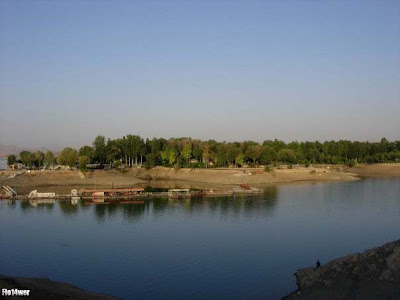
Despite what one may think it is actually very easy to see which of your friends are true friends. This I admit, may not be obvious at first, but the longer you know someone the more you can see whether they are true friend potential. You can see fairly soon whether they are reliable or not.
A true friend is the one you can call at any time of day and they will be available to listen.
A true friend will hold your hand if another friend or relative is sick. They will be there just to be, understanding that you just need time to process what is happening. They won't push you to talk, but they will be there if and when you decide you want to. If you call a friend at this very trying time, and they don't come running, then realise that there are better friends out there.
Nobody should go through painful times alone, and friends are the most important people to get us through these.
Lives change, time passes, we evolve, and the thing to understand is basically this. A true friend will always be there no matter what happens within our lives. You can go several months without talking to a good friend and they would still be there at a moments notice if needed to listen, catch up on each others lives, or hold your hand in a time of need. A good and true friend calls just to chat or check on you when you are having a tough time, hey don't leave you "hanging."
Friendship isn't one sided. It's a relationship of give and take the same as any other. If you have a friend that doesn't play by these rules, then maybe they aren't such a true friend after all.
Friendship is not expecting anything in return!
...









